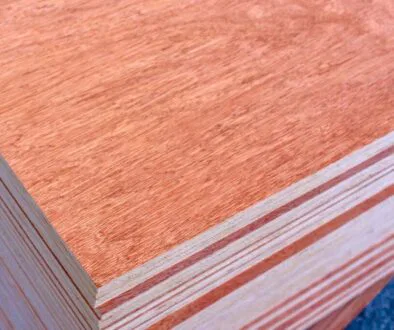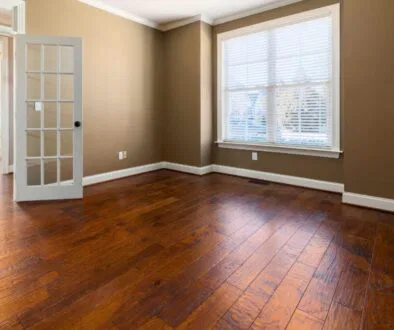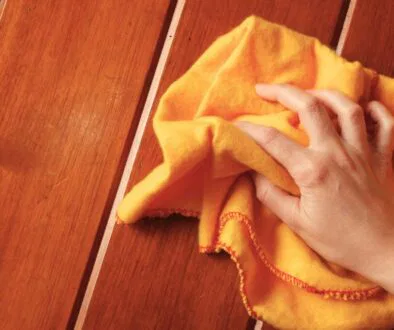Dressed Lumber: What is it and How is it Made?
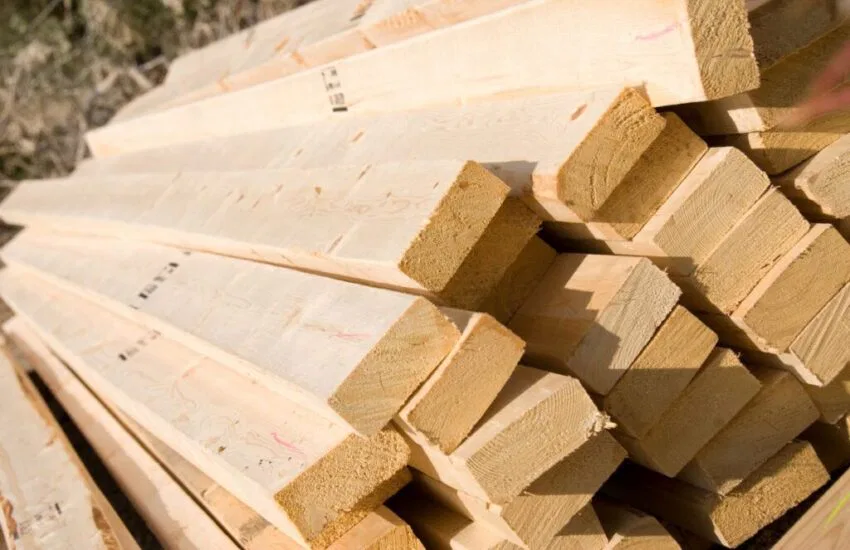
Published July 25, 2024
Dressed lumber is a common term in the woodworking and construction industries. But what exactly does it mean, and how is it produced?
In this article, we’ll discuss dressed lumber in detail, explaining its characteristics, the process of making it, and why it’s an essential material for various projects.
What is Dressed Lumber?
Dressed lumber, also known as surfaced lumber, refers to wood that has been machined to achieve a smooth finish and uniform dimensions.
Unlike rough-sawn lumber, which has a coarse and uneven surface, dressed lumber is planed and sanded, making it ready for use in construction, furniture making, and other applications requiring a refined appearance.
The Process of Making Dressed Lumber
Creating dressed lumber involves several key steps, each designed to transform raw, rough-sawn logs into smooth, precise boards. Here’s an overview of the process:
1. Sawing
The journey of dressed lumber begins with raw logs, which are cut into rough-sawn boards at a sawmill. This initial sawing determines the basic dimensions of the lumber, but the surface remains rough and uneven.
2. Drying
Before the lumber can be dressed, it must be properly dried. This can be done through air drying or kiln drying. Air drying involves stacking the boards in a way that allows air to circulate between them, gradually removing moisture over several months.
On the other hand, Kiln drying uses controlled heat and humidity to expedite the drying process, typically taking a few days to weeks.
3. Planning and Surfacing
Once the lumber is dry, it goes through a planer, a machine that shaves off thin layers from the board’s surface. This step smooths out the rough texture and brings the board to precise, uniform thickness.
Depending on the desired finish, the lumber may run through a jointer to achieve straight edges.
4. Sanding
Sanding is performed to further enhance the smoothness of the lumber. This step removes any remaining rough spots or imperfections, resulting in a polished surface ready for finishing touches or immediate use.
5. Grading and Sorting
After the surfacing process, the lumber is graded based on its quality and appearance. Grading helps determine the best use for each piece, whether for structural purposes, cabinetry, or decorative elements. The lumber is then sorted and packaged for distribution.
Why Use Dressed Lumber?
Dressed lumber offers several advantages that make it a popular choice for various projects:
Smooth Surface
The planing and sanding processes give dressed lumber a smooth finish, ideal for applications where appearance matters.
Uniform Dimensions
The precision machining ensures consistent thickness and width, making it easier to work with and reducing the need for additional trimming or adjustments.
Ready to Use
Unlike rough-sawn lumber, dressed lumber is ready for immediate use in most projects, saving time and effort in preparation.
Versatility
Dressed lumber can be used in various applications, including furniture making, flooring, paneling, and structural framing.
Common Uses of Dressed Lumber
Dressed lumber is a versatile material with many applications, including:
Furniture
The smooth finish and uniform dimensions make it perfect for crafting fine furniture.
Construction
Builders use dressed lumber for framing, flooring, and other structural elements where precision and appearance are crucial.
Interior Design
It’s commonly used for paneling, trim, and other interior design features that require a polished look.
DIY Projects
Hobbyists and DIY enthusiasts appreciate the ease of working with dressed lumber for various home improvement and craft projects.
Also read: What is Heavy Timber Construction? Everything You Need To Know
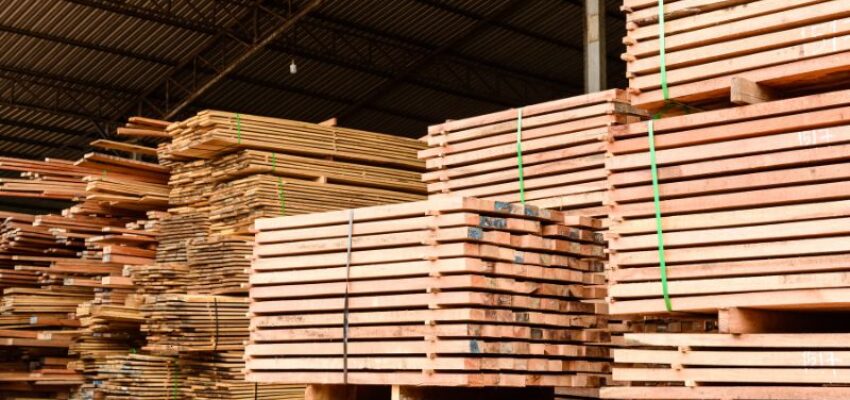
Frequently Asked Questions (FAQs)
What is undressed lumber?
Undressed lumber, or rough-sawn lumber, refers to wood cut from logs but not yet planed or sanded. It retains a coarse, uneven surface and variable dimensions, making it ideal for projects where a rustic look is desired or additional milling is planned.
What is the difference between dressed and undressed timber?
Dressed timber is planed and sanded, offering a smooth finish and uniform dimensions, ready for immediate use. In contrast, undressed timber retains its rough, uneven surface and variable dimensions, making it suitable for rustic projects or further milling.
How do you store dressed timber?
Dressed timber should be stored in a dry, covered area to protect it from moisture. It should be stacked on a flat surface with spacers between layers for air circulation. It should be kept off the ground to avoid contact with soil and pests. It should also be regularly checked for warping or damage.
Conclusion
Dressed lumber plays a crucial role in woodworking and construction. Its combination of smooth surfaces and precise dimensions makes it a go-to material for many projects. By understanding how it’s made and its various applications, you can better appreciate the value it brings to both professionals and DIYers.
Whether you’re building furniture or framing a house, dressed lumber provides the quality and reliability needed to achieve excellent results.
Hire The Timber Experts For Your Next Project
Vintage & Specialty Wood should be your source of the highest quality timbers from around the world. When it comes to fabricating and installing reclaimed wood or specialty wood products in your home, we don’t cut corners. We offer many reclaimed wood and specialty wood products such as Douglas Fir, white oak, and much more. We also offer timber framing and wood flooring services as well. Contact our team today to speak to a timber expert about what Vintage & Specialty Wood can do for you.

This Blog Is Fact Checked
This content has undergone meticulous fact-checking by our team of internal experts. Gain a deeper understanding of the high editorial standards we uphold on our website here.

About The Author
Experience, exploration, and knowledge are the hallmarks of writer Rei Bayucca. Her dedication to crafting articles that both inspire and educate will leave you thinking long after you’ve finished reading.

